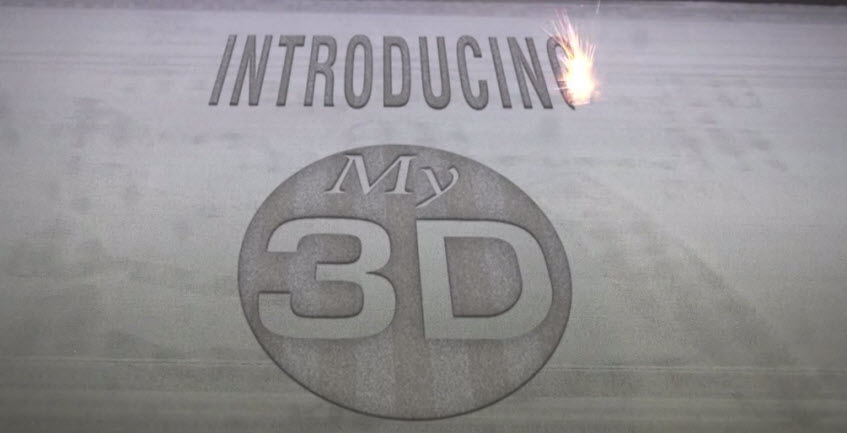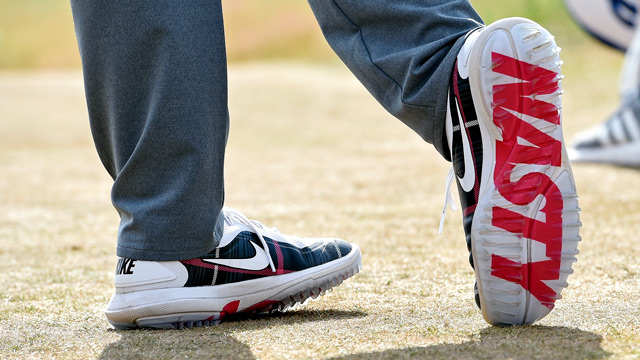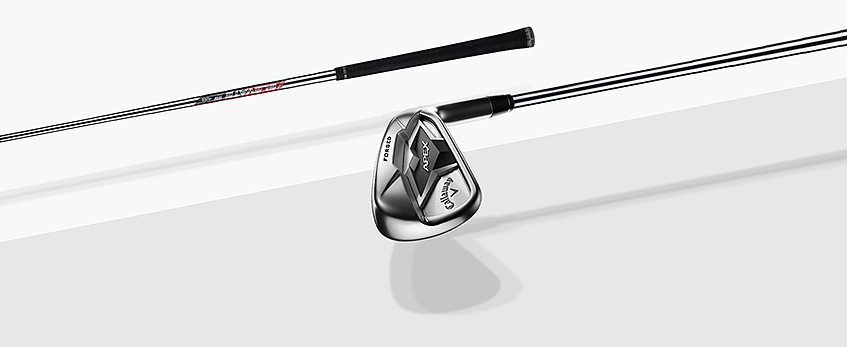3D Putters from PING Could Be a Game Changer
For a select group of customers, getting their hands on the latest PING putter is as easy as waiting for the printer to warm up.
PING has recently created a new putter using the revolutionary 3D printing technology dubbed, “Ping My 3D.” The ability to give a 3D metal printer electronic instructions to combine metal layers with lasers, producing a putter with structural integrity that actually outperforms cast putters, sounds more like science fiction than science fact. After all, who cares about beaming up Scotty when you can teleport your favorite golf clubs directly to your printer instead?
No one is more excited about this new technology than PING’s Director of Engineering Paul Wood, who discussed PING’s latest project at the 2015 PGA Merchandise Show in Orlando. Wood revealed that one of PING’s new researchers is a 3D printing junkie with in-depth knowledge into the world of this rising technology. Realizing an opportunity to plant roots in this burgeoning market, they decided to take action by building the first PING clubs using 3D printing.
Always striving to remain at the forefront of any technological advances that could benefit golfers and improve their game, PING admits they’re way ahead of the curve in the 3D printing marketplace, considering many golfers couldn’t afford 3D printed clubs at this point in time (think about the first plasma televisions that hit the market in the late 90’s for a staggering $15,000).
This latest technology is just the first step toward changing the consumer purchasing experience forever. So how can we expect 3D printing to revolutionize the way we shop for golf equipment in the future?
How to 3D Print a Golf Club
Before we can appreciate how groundbreaking 3D printing golf equipment really is, we first have to understand the process. Traditional golf equipment manufacturing means that club heads are either forged or cast in processes where metal is manually shaped or poured into a mold, respectively, to produce club heads for irons and putters (club heads for drivers and woods are made a little differently).
With 3D printing, a layer of metal is laid down on the printing surface of the metal printer before lasers come in to do their work. Guided by electronic instructions that can literally be sent across the globe, these lasers begin cutting out the pieces necessary for a club head before welding them together with flawless accuracy.
Oftentimes new technology doesn’t perform as well as established manufacturing techniques, at least until all of the kinks are worked out of the system. But in the case of 3D printed putters and irons, they’re actually stronger than their traditionally made counterparts.
Check out this introductory video that gives you a little more insight to the process:
What 3D Printing Clubs Means for the Future of Golf
Stronger welds mean stronger club heads. So what does the future of golf look like with 3D printing on the horizon? We believe that this revolutionary technology is going to completely change the way you buy golf clubs in the coming years.
PING Director of Product Development Marty Jertson had this to say at the 2015 PGA Merchandise Show in Orlando, “This has allowed us to create alignment lines, weighting and geometry that you literally can’t make with any other manufacturing technology. The future of 3D printing is going to power and challenge us to rethink how we do product designs, custom fitting and customization”.
Imagine this: you’re interested in purchasing a new PING putter one afternoon, yet you’re miles from the nearest golf supplier and don’t want wait for shipping from online, so you decide to purchase one using your 3D metal printer. Custom fitting can all be done remotely because you’re able to have your height, stance, grip and swing style analyzed via sensors that relay the information to the printing source. One click of your mouse and presto, your 3D-printed PING putter is ready for practice before the sun goes down.
For most of us, however, it’s going to be a while before the average golfer starts cranking out clubs from his or her basement printer. 3D metal printers currently run in the $1 million range, with PING’s putters only available through a VIP program that charges anywhere from $7,700 to $9,200.
But don’t be discouraged; with more businesses and individuals looking into 3D printing technologies over the next decade, prices will be driven down and made competitive to satisfy a growing market, just like they were with plasma televisions. Then we’ll all be able to print our favorite putters and irons, all from the comfort of our own homes.
Until then, looks like we’ll have to buy our clubs the old-fashioned way: on the Internet at Golfballs.com. 😉




